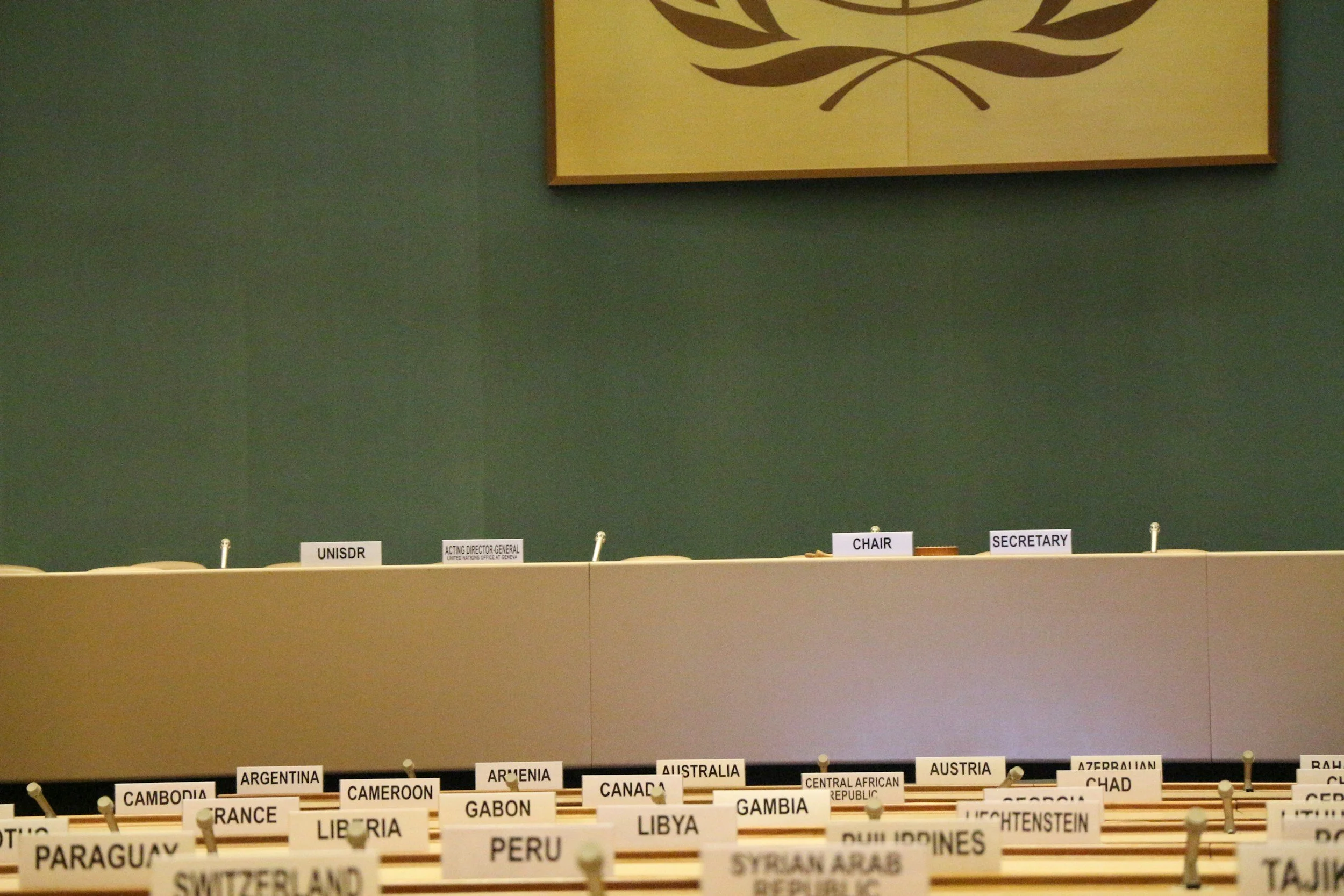Reversing the Offensive: Ukraine’s Invasion of Russia and the West’s Role
Abstract
This article analyzes the potential consequences of a hypothetical Ukrainian invasion of Russia, backed by NATO, the U.S., and the U.K., through the lenses of offensive and defensive realism. The invasion, catalyzed by NATO’s desire to test its latest missile technology, Storm Shadow, would likely be perceived by Russia as direct NATO involvement, escalating the conflict into a global confrontation. This analysis explores the balance of power, security dilemmas, and the risk of global war. Drawing on the most recent works in realism, the study situates this conflict within broader discussions on international stability and power dynamics.
Introduction
The hypothetical scenario of Ukraine invading Russia, supported by NATO, with the use of advanced military technology like the Storm Shadow missile system, raises serious concerns about the future of global security. NATO's involvement, while indirect, would be seen by Russia as a blatant escalation, potentially sparking wider conflict. Both offensive and defensive realism provide valuable lenses to understand this complex situation: while offensive realism predicts a NATO-driven push to dominate through superior firepower, defensive realism emphasizes the reactive nature of Russian military escalation to protect its sovereignty. This article will dissect the implications of such an invasion, the potential for World War III, and how modern realist theories explain these dynamics.
Offensive Realist Perspective
Offensive realism, championed by scholars like John Mearsheimer (2021), argues that great powers are inherently driven to expand their influence to achieve security through domination. Under this view, NATO’s involvement in the Ukraine-Russia conflict can be interpreted as a deliberate strategy to weaken Russia and expand Western influence in the region. NATO’s testing of the Storm Shadow missile system in this context is not merely a demonstration of technological prowess but a signal of Western dominance. By pushing Ukraine to invade Russia with the most advanced military capabilities, NATO aims to tip the balance of power decisively in its favor, further isolating Russia on the international stage.
The decision to involve the U.S. and U.K. as key actors underscores the West's commitment to maintaining its global hegemony. Offensive realism suggests that this invasion would be part of a broader strategy to dismantle Russia’s sphere of influence, ultimately leaving it vulnerable to further NATO expansion into former Soviet territories. Mearsheimer (2022) argues that such aggressive moves are typical of powers seeking regional or global hegemony, as they constantly strive to weaken rivals and expand their geopolitical control. In this scenario, Ukraine becomes a proxy for NATO’s broader objectives, while the direct conflict with Russia serves as a test of both military capabilities and strategic resolve.
Defensive Realist Perspective
In contrast, defensive realism, as outlined by scholars like Robert Jervis (2020) and Stephen Walt (2021), emphasizes the self-preservation aspect of state behavior. Defensive realists argue that states are primarily concerned with maintaining their security rather than maximizing power at all costs. From this perspective, Russia’s reaction to NATO’s involvement in Ukraine—especially the use of advanced technology like the Storm Shadow missile—would be viewed as a rational attempt to protect its sovereignty against what it perceives as existential threats.
Jervis (2021) points out that actions taken by one state to enhance its security often provoke insecurity in another, leading to a security dilemma. NATO’s technological advancement and its willingness to push the boundaries by arming Ukraine could trigger this very dilemma. Russia’s response, according to defensive realists, would not be an attempt to expand its own power but rather to protect itself from a Western encirclement. In this framework, Ukraine’s invasion is a flashpoint not because Russia desires conquest but because the West’s actions force Russia into a defensive posture that requires escalation for survival.
This interpretation suggests that, while NATO may view its missile tests as strategic posturing, Russia would likely see them as an immediate threat to its territorial integrity. Walt (2021) underscores that when great powers feel cornered, they are more likely to take drastic measures, including military escalation. Russia’s interpretation of NATO’s actions as an act of aggression, particularly with the introduction of cutting-edge military technology, could lead to retaliatory measures designed to protect Russian sovereignty at all costs, potentially spiraling into global conflict.
Discussion
The interplay between offensive and defensive realism in this scenario is complex. On one hand, NATO’s involvement and the testing of Storm Shadow missiles can be interpreted as part of an offensive realist strategy to push Russian influence out of Eastern Europe and secure NATO dominance. On the other hand, Russia’s potential response is more accurately described by defensive realism, as it seeks to protect itself from Western encroachment.
This hypothetical scenario also highlights the inherent instability of modern international relations, where technological advancements in warfare, like the Storm Shadow missile, exacerbate existing tensions. The more NATO pushes its technological superiority, the more likely it becomes that Russia will feel threatened, potentially leading to miscalculations that could trigger a global war. Both realism perspectives converge on the notion that a state’s security is often compromised by the actions of others, leading to unintended escalation.
In this context, Ukraine’s role as a proxy in the conflict between NATO and Russia presents a dangerous precedent. The involvement of the U.S. and U.K., with their long-standing rivalry with Russia, introduces additional layers of complexity, making the likelihood of a peaceful resolution even slimmer. The use of advanced military technology in an invasion of Russia may well be the tipping point that transforms this regional conflict into a global one, potentially leading to World War III.
Conclusion
The potential for a Ukrainian invasion of Russia, backed by NATO, and the testing of the Storm Shadow missile represents a critical juncture in global security. Through the lens of offensive realism, NATO’s actions can be seen as part of a broader strategy to weaken Russia and maintain Western dominance. Conversely, defensive realism explains Russia’s likely response as a rational attempt to protect its sovereignty from perceived Western aggression. The security dilemma that emerges from this interaction underscores the precarious nature of modern international relations. As this analysis demonstrates, the escalation of the Ukraine-Russia conflict could have far-reaching consequences, potentially sparking a global war. To prevent such outcomes, policymakers must recognize the inherent risks of military escalation and seek diplomatic solutions that address the underlying security concerns of all parties involved.
References
Jervis, R. (2020). How Statesmen Think: The Psychology of International Politics. Princeton University Press.
Jervis, R. (2021). Perception and Misperception in International Politics. Princeton University Press.
Mearsheimer, J. (2021). The Great Delusion: Liberal Dreams and International Realities. Yale University Press.
Mearsheimer, J. (2022). The Tragedy of Great Power Politics. W.W. Norton & Company.
Walt, S. (2021). The Hell of Good Intentions: America's Foreign Policy Elite and the Decline of U.S. Primacy. Farrar, Straus and Giroux.

